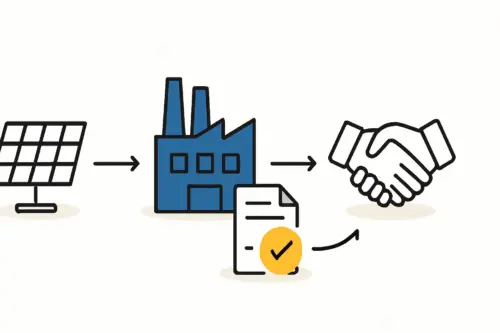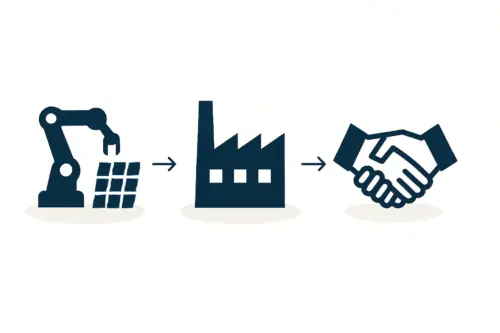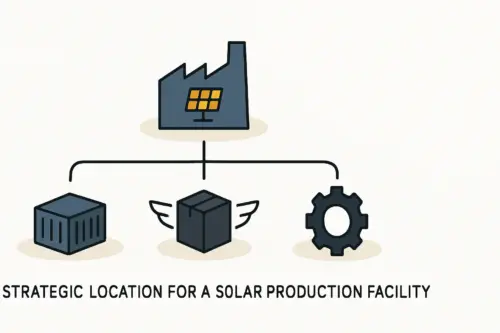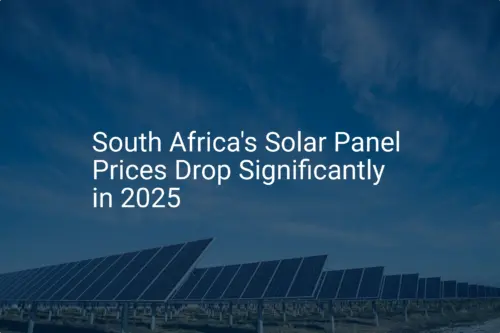An investor evaluating a solar module manufacturing facility in South Africa will encounter a striking paradox. The country has a large, available workforce—with a youth unemployment rate over 45% for those aged 15-34—yet businesses frequently report a significant shortage of qualified technical artisans.
This paradox is both the central challenge and the key opportunity for any new industrial venture. The question, therefore, isn’t whether labor is available, but whether the right skills are accessible to operate and maintain a modern solar production facility.
This article offers a realistic assessment of the technical skills landscape, typical training requirements, and a strategic approach to building a competent local operations team.
The Foundation: Core Competencies for Solar Module Assembly
A common misconception is that a solar module assembly line demands a workforce of highly specialized engineers. The team structure is more nuanced, blending trainable operators with skilled technical specialists.
The primary roles can be categorized as follows:
Machine Operators
These operators form the bulk of the production workforce. They are responsible for overseeing specific stations, such as the stringer, laminator, or framer. The most important attributes for these roles are attention to detail, process discipline, and mechanical aptitude. Direct experience with solar equipment is often not a prerequisite, as most training is machine-specific.
Maintenance Technicians
These are arguably the most critical and challenging roles to fill. A modern assembly line’s efficiency hinges on minimal downtime. Maintenance technicians, typically with qualifications as electricians, mechanics, or fitters, are essential for preventative maintenance, troubleshooting, and repairs. The documented national shortage of qualified artisans directly impacts the search for qualified candidates.
Quality Control (QC) Inspectors
QC inspectors ensure that every module meets stringent performance and safety standards. They conduct visual inspections, run tests with equipment like sun simulators and EL testers, and maintain meticulous records. This role requires a methodical approach and the ability to interpret technical data.
Line Supervisors and Production Managers
These leaders oversee daily operations, manage workflows, and ensure production targets are met. They require a combination of technical understanding and strong management skills. Experience in any manufacturing environment, not just solar, can be highly relevant.
Strategic Location: Analyzing Regional Talent Pools
Skilled labor in South Africa isn’t uniformly available; it’s highly concentrated in the country’s traditional industrial heartlands. For an entrepreneur planning to start a solar factory, selecting the right province is a critical first step in overcoming recruitment challenges.
Ready to make big Profits?
The solar Industry is Booming
WE HELP NEWCOMERS to the solar industry start their own solar module production line. Customers can make BIG PROFITS by selling modules and finding investors, without wasting money and time on things they don't need!
Key Industrial Provinces:
Gauteng
As the economic hub, Gauteng boasts the country’s deepest concentration of manufacturing and engineering firms. This creates a competitive hiring market but also offers the largest pool of experienced maintenance technicians and production managers. Proximity to logistics networks and suppliers is another major advantage.
KwaZulu-Natal
With major ports in Durban and Richards Bay, KZN has a strong industrial base focused on automotive, chemical, and metals manufacturing. The province has a well-established ecosystem of technical training institutions and a workforce familiar with industrial processes.
Eastern Cape
Centered around the automotive industry in Gqeberha (formerly Port Elizabeth) and East London, this region has a strong legacy of technical skills. While the talent pool may be smaller than in Gauteng, it has a high concentration of people with experience in sophisticated, automated production environments.
While these hubs offer clear advantages, investors should also be aware of the ‘brain drain’ phenomenon, as some highly skilled professionals emigrate. This can impact the availability of senior engineering and management talent, making strong retention strategies essential.

Bridging the Skills Gap: A Proactive Training Strategy
Given this landscape, a passive recruitment strategy is unlikely to succeed. A successful solar manufacturing venture in South Africa must be built on a foundation of proactive training and skills development.
Fortunately, the country has an established framework to support this. Technical and Vocational Education and Training (TVET) colleges across the country produce graduates with foundational electrical and mechanical skills. While these graduates may lack industry-specific experience, they represent a core pool of trainable talent.
For more specialized knowledge, institutions like the South African Renewable Energy Technology Centre (SARETEC) offer programs tailored to the renewables sector. Partnering with such centers for upskilling key personnel can significantly shorten the learning curve.
Practical Steps for Building a Team:
-
Anchor with Experience
Begin by recruiting a small, core team of experienced maintenance technicians and a production manager. These key hires will be instrumental in commissioning the line and training new staff. -
Invest in Operator Training
Develop a structured in-house training program, making it a core component of the operational plan. The equipment supplier often provides intensive initial training as part of a turnkey factory setup, which can form the basis of your internal training program. -
Utilize the SETA System
Engage with the relevant Sector Education and Training Authority (SETA). These government bodies facilitate skills development by providing grants and learnership frameworks, which can significantly offset the costs of training and formalizing their qualifications. -
Look to the Informal Sector
Many skilled artisans operate in the informal economy. These individuals have practical experience but may lack formal certification. A strategy to identify, assess, and formalize their skills can tap into a valuable and often overlooked talent pool.
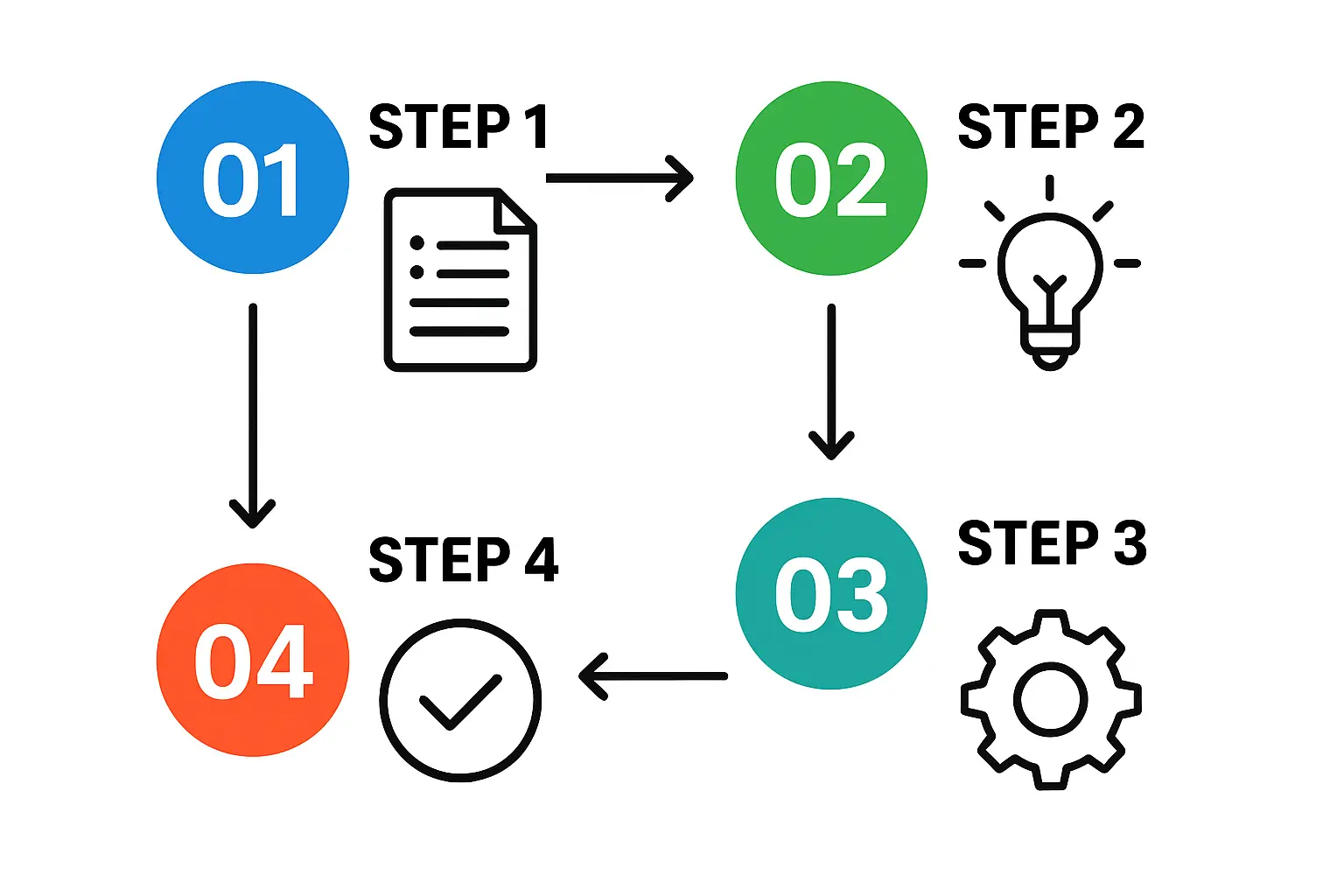
Frequently Asked Questions
How many employees are typically required for a 50 MW solar assembly line?
A semi-automated 50 MW line operating on a single shift typically requires 25 to 40 employees. This includes operators, technicians, quality control staff, supervisors, and administrative personnel.
Is it necessary to hire expatriate experts to run the factory?
Expatriate engineers from the equipment manufacturer are commonly on-site during the installation, commissioning, and initial ramp-up phases. Their primary role is to ensure a smooth technology transfer and train the core local team. The long-term goal, however, should always be a fully self-sufficient local operation.
What is a realistic timeframe for training a new team from scratch?
Assuming a core team of experienced technicians is in place, training new machine operators typically takes four to eight weeks. This includes classroom instruction and extensive on-the-job training. Reaching peak efficiency and quality standards may take an additional three to six months.
Are there government incentives for creating jobs and training staff?
Yes, beyond the SETA system, the South African government offers various incentives for industrial investment and job creation. It is advisable to consult with local investment promotion agencies to understand the specific programs applicable to your project.
Conclusion: A Realistic Path to a Skilled Workforce
Establishing a solar module assembly plant in South Africa is an opportunity to tap into a large labor pool and contribute to the country’s industrial development. Success, however, is not merely a matter of hiring individuals; it is about building a team.
The national shortage of certified artisans is a tangible business risk that must be met with a deliberate strategy. By focusing on key industrial provinces, investing in robust in-house and external training programs, and leveraging institutional support systems, an investor can effectively bridge the skills gap.
With a calculated approach, it is entirely feasible to build a competent, reliable, and predominantly local team capable of producing high-quality solar modules for the African market and beyond.



